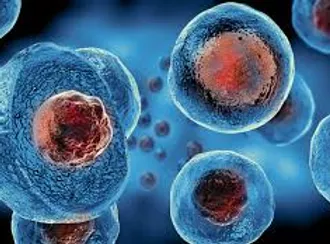Stem Cells
NorTex offers Regenerative Medicine therapy to treat a number of chronic pain conditions.
What is Regenerative Medicine Therapy?
Regenerative Medicine is called so Because cells with the capability of reproducing through dividing have the ability to develop into cells specific to a particular organ or tissue, we can designate them to work on a specific area of the body. Once designated to a specific body part, the cells perform special functions for that part. Regenerative Medicine therapy is the use of cells to treat or prevent a condition through producing cells to replace damaged or older cells. Doctors harvest the cells from tissue, blood or bone marrow, with bone marrow being the most common cell source. These healthy harvested cells divide to maintain general cell numbers, or become progenitor cells. In adults, these progenitor cells migrate within the brain and function primarily to maintain neuron population. They can also help induce recovery for those who suffer from various painful disorders.

Benefits of Regenerative Medicine
Stem cells are thought to trigger the repair functions of the body via five primary mechanisms:
- Providing an anti-inflammatory effect to ease pain symptoms
- Homing to damaged tissues and recruiting other cells, such as the progenitor cells that are necessary for tissue growth
- Supporting tissue remodeling over scar tissue and formations
- Inhibiting apoptosis (the process of programmed cell death and cell birth in the body)
- Differentiating the necessity of division into bone, cartilage, tendon and ligament tissue, as needed.
Before the regenerative medicine therapy can trigger the repair functions of the body, a source of the cells must be isolated. Bone marrow is the most common location of cell extraction, and it is achieved by the insertion of a thick needle through the skin into the marrow cavity of the hipbone. Two or three punctures are made on each rear hipbone for adequate extraction levels. Should extraction of stem cells be used using adipose tissue, they will require processing prior to therapeutic use and might not be as extensively used as the bone marrow cells.
Once extraction and possible processing has concluded, the cells are ready to be used for therapy. Depending on the patient’s needs, the cells can be programmed to go to work for a specific part of the body and to perform a specific job. These can include hard tissue repair, orthopedic repair, neurological repair, joint repair, bone defect repair, muscle repair and more.
Physicians have begun to regard regenerating cells as normal as the practices of administering drugs or performing surgery. The first successful bone marrow transplant was achieved in 1968, and since then, doctors worldwide have been expanding the use for the cells contained in the marrow. New evidence suggests that bone marrow and adipose tissue cells may have the ability to differentiate into cells that make tissues outside of the blood, and scientists are exploring the new uses for stem cells that go beyond diseases and disorders.
Although not a “Stem Cell Therapy” per se, Plasma Rich protein therapy is part of Regenerative medicine treatments and in fact, it is one of the most used treatments. Platelet-rich plasma is blood plasma that has been enriched with platelets. As a concentrated source of autologous platelets, PRP contains several different growth factors and other cytokines that can stimulate healing of soft tissue. Platelet-rich plasma therapy is an old therapy and used extensively in specialties of dermatology, orthopedics, pain management and dentistry. Platelet rich plasma therapy utilizes growth factors present in alpha granules of platelets in an autologous manner.


